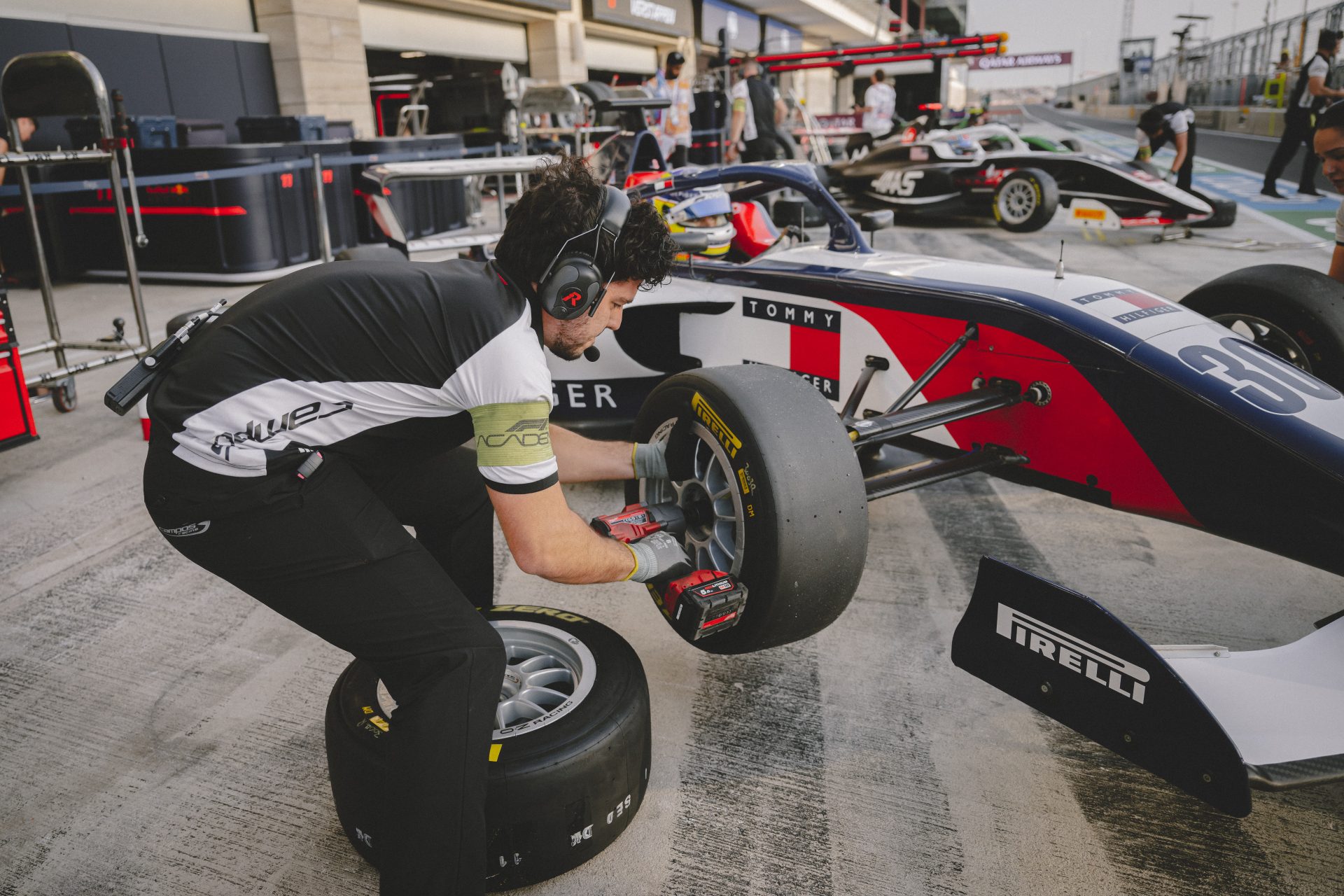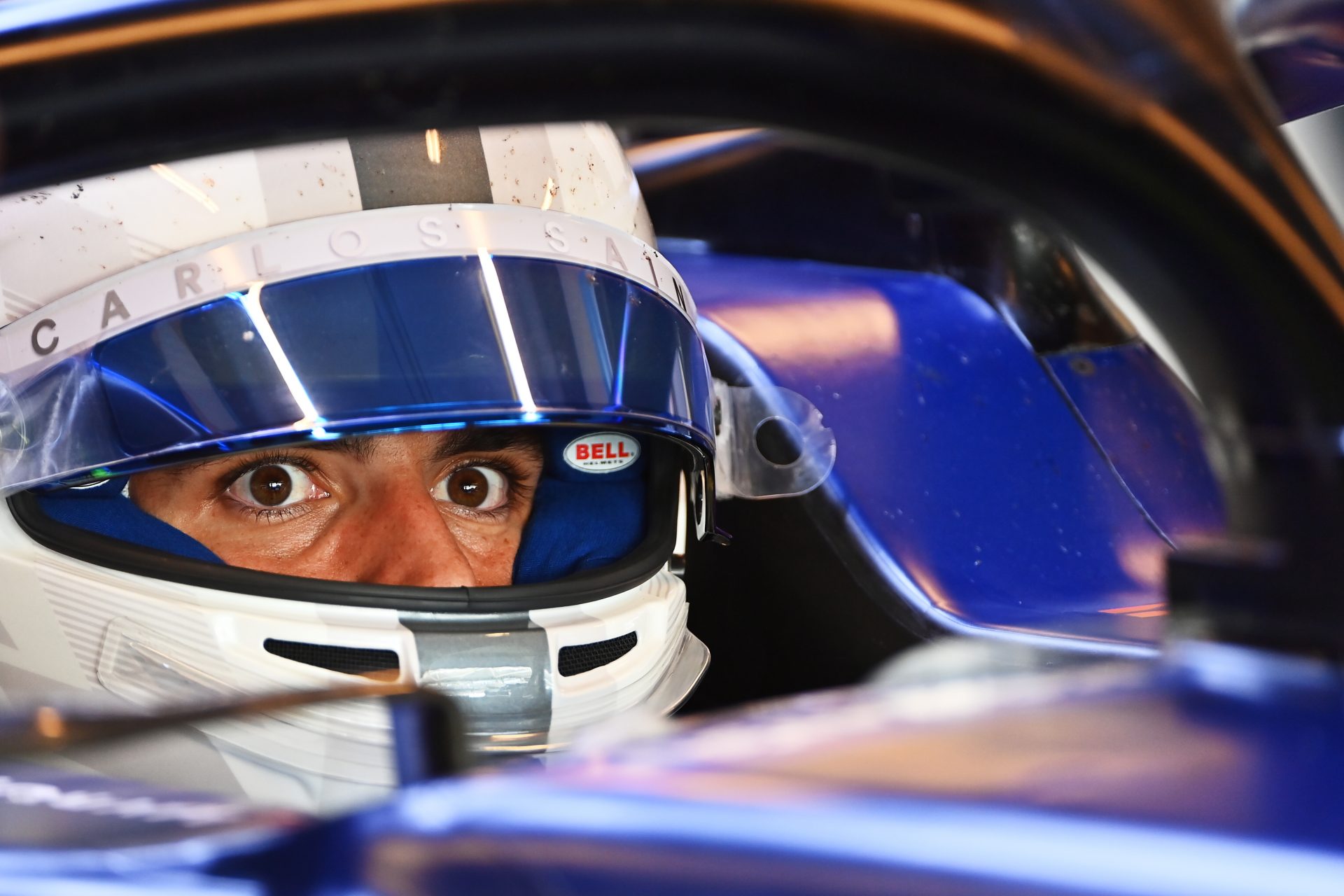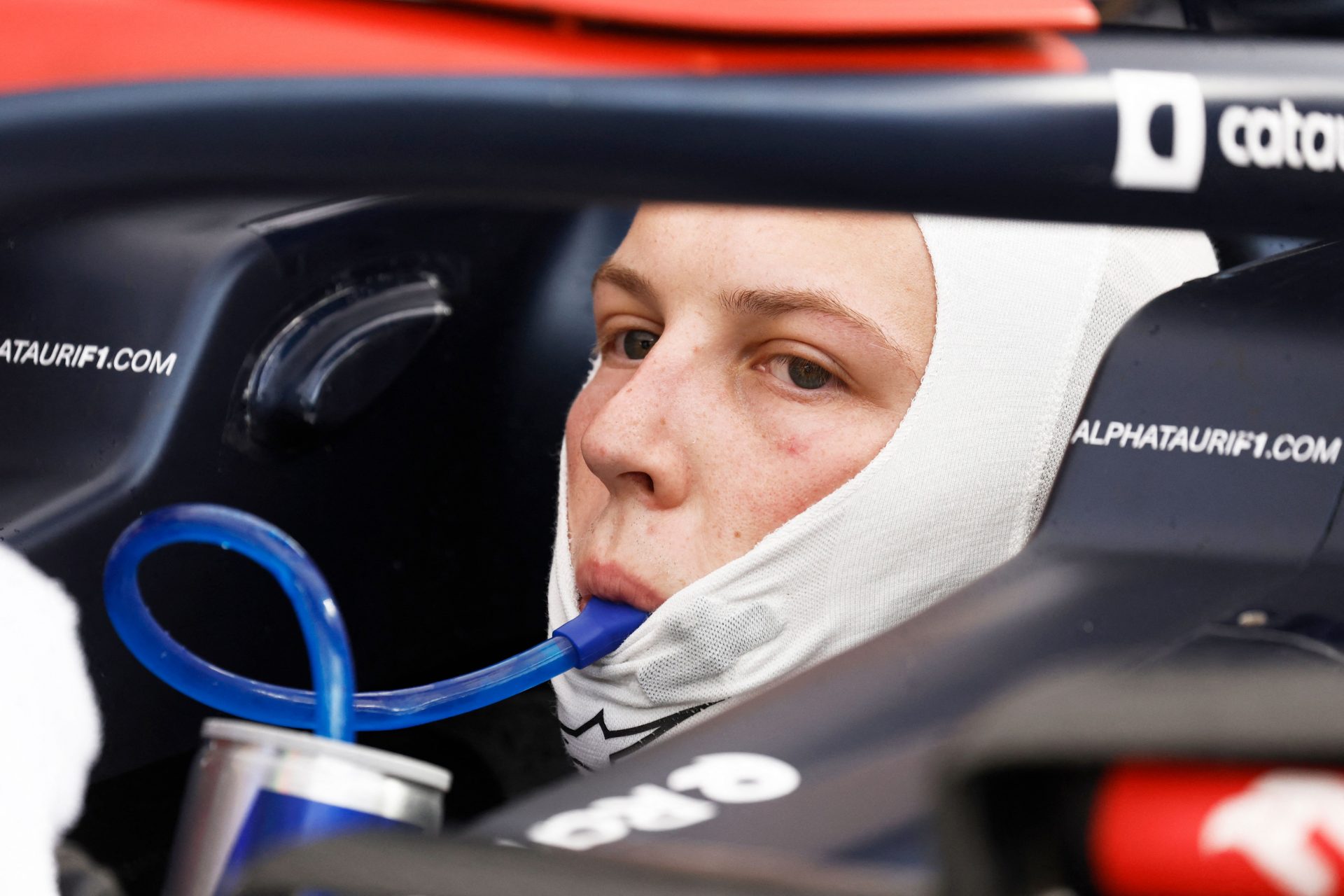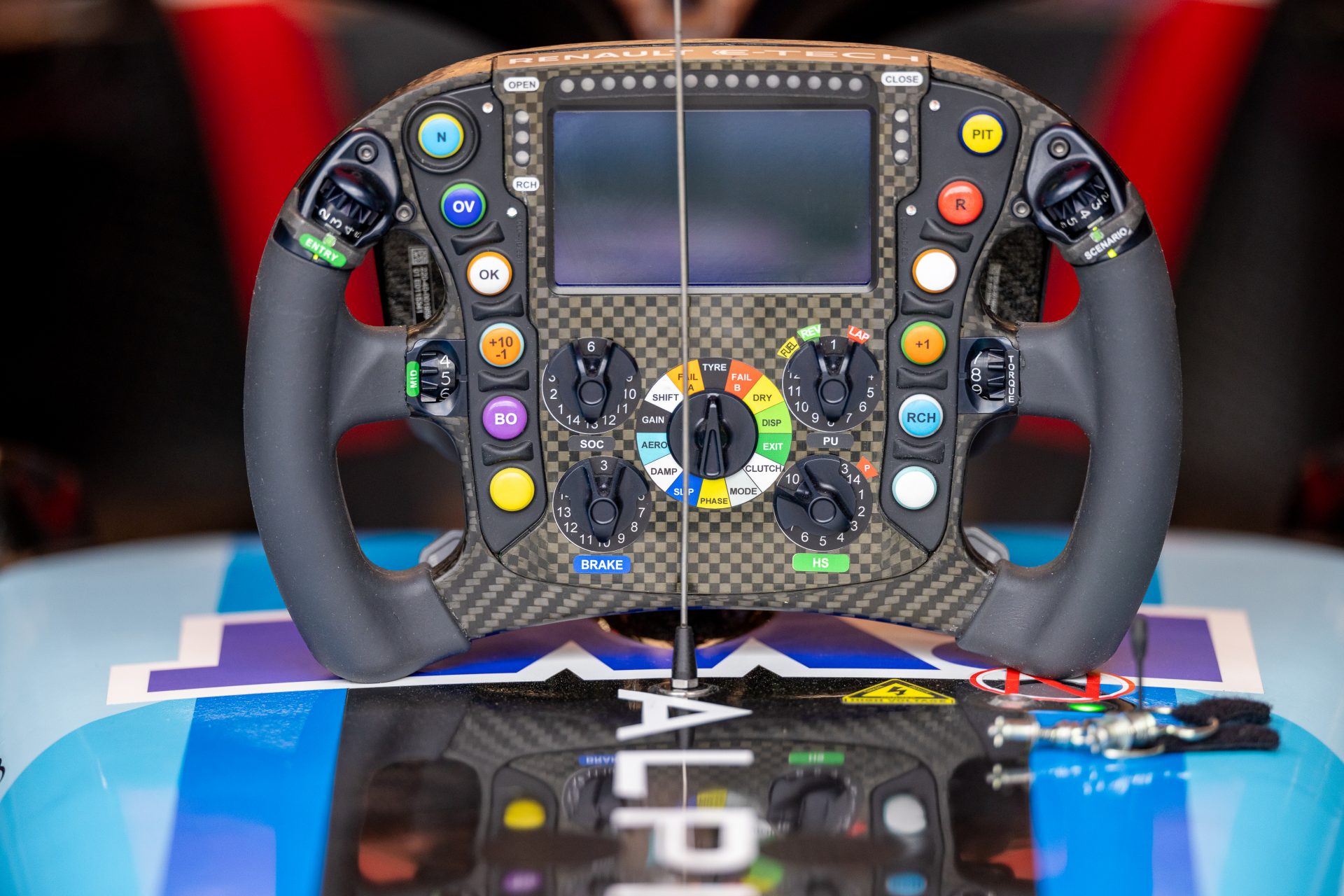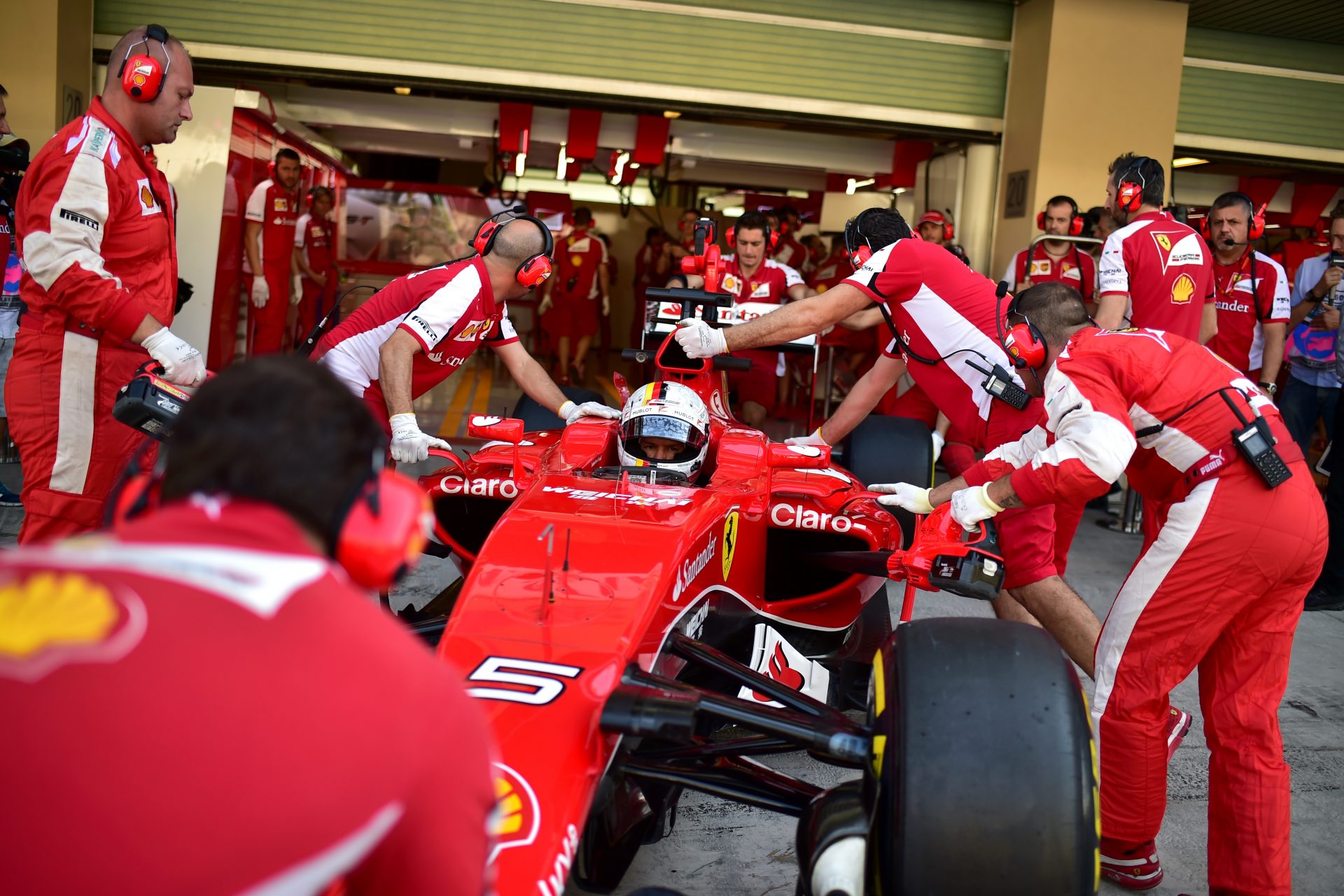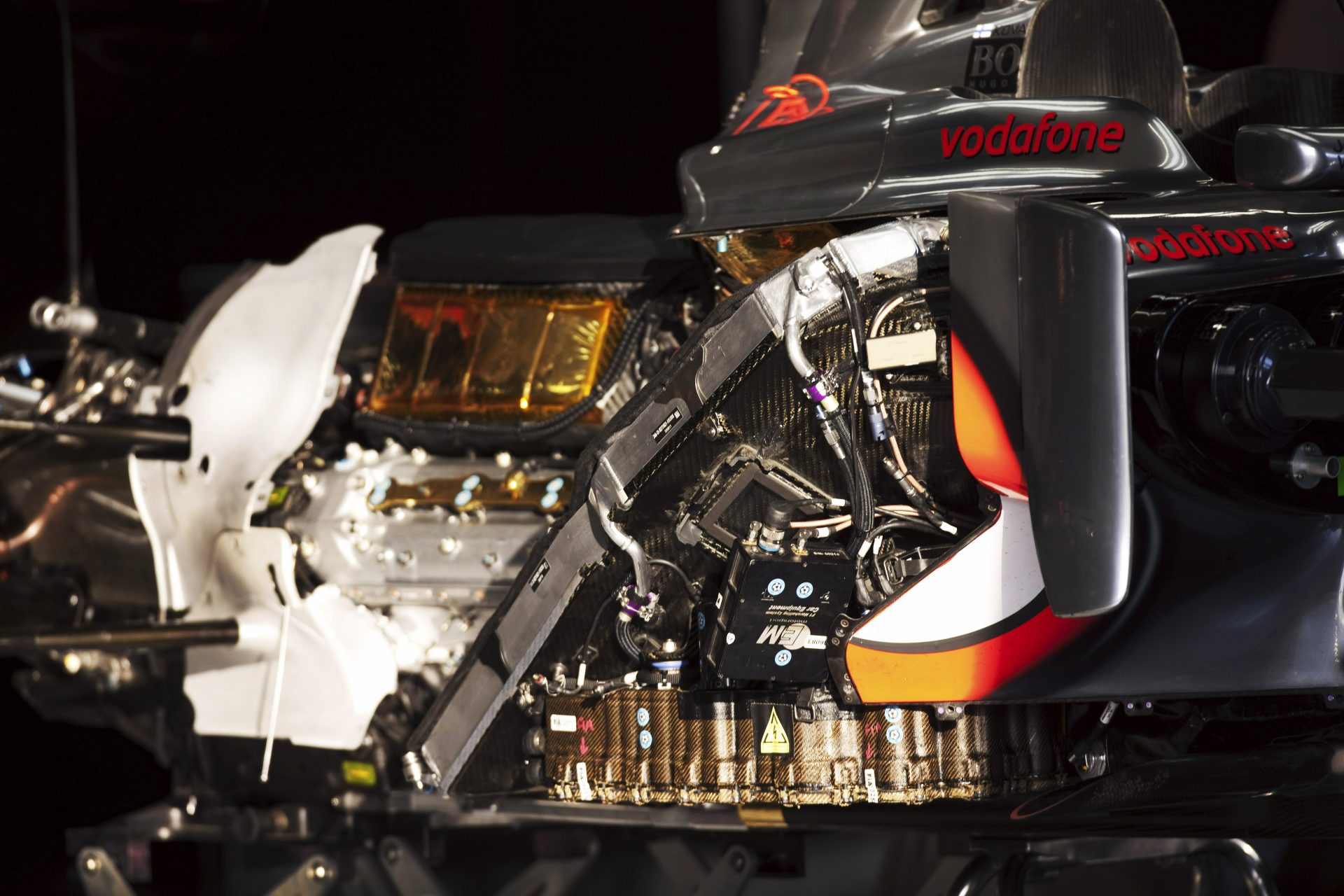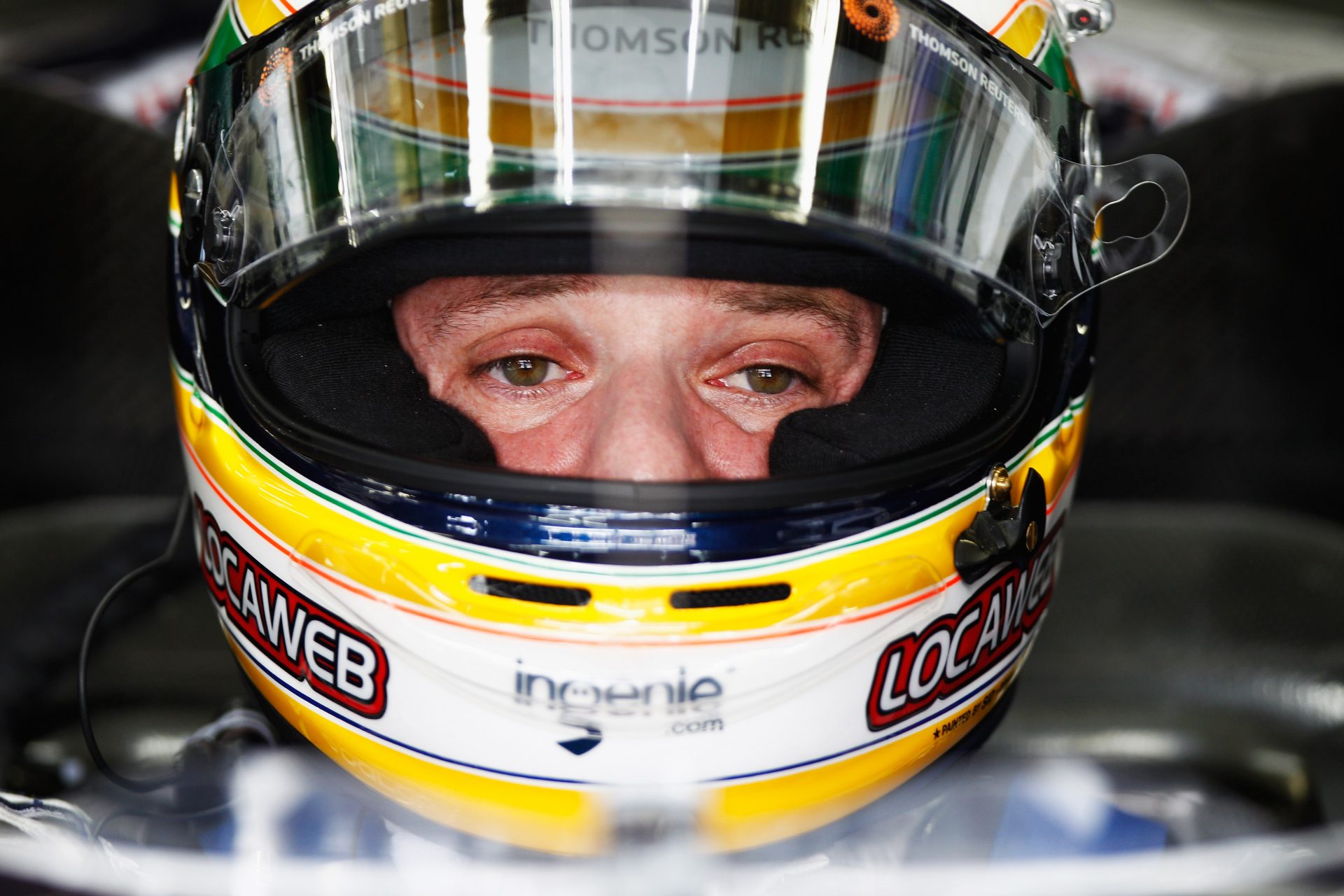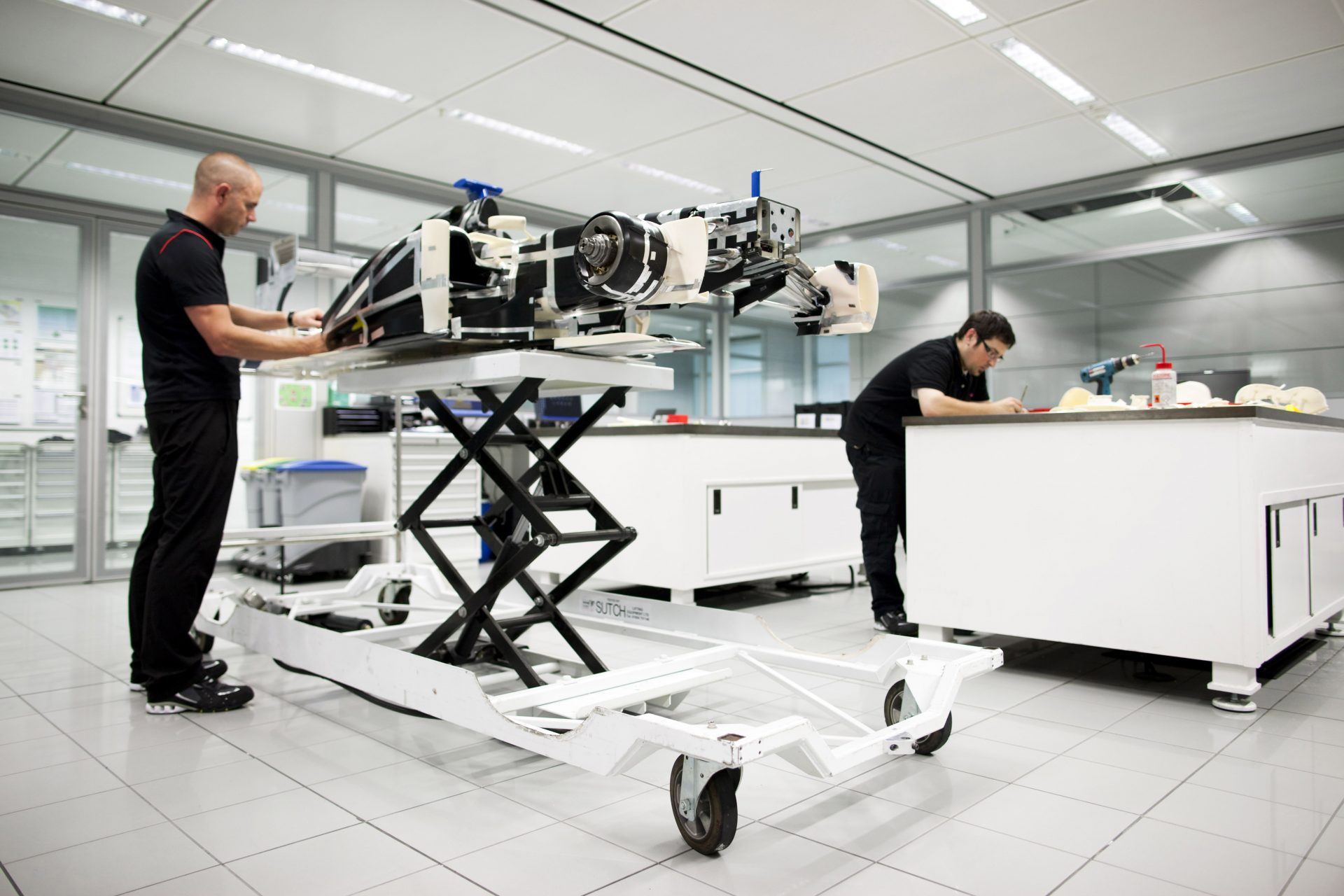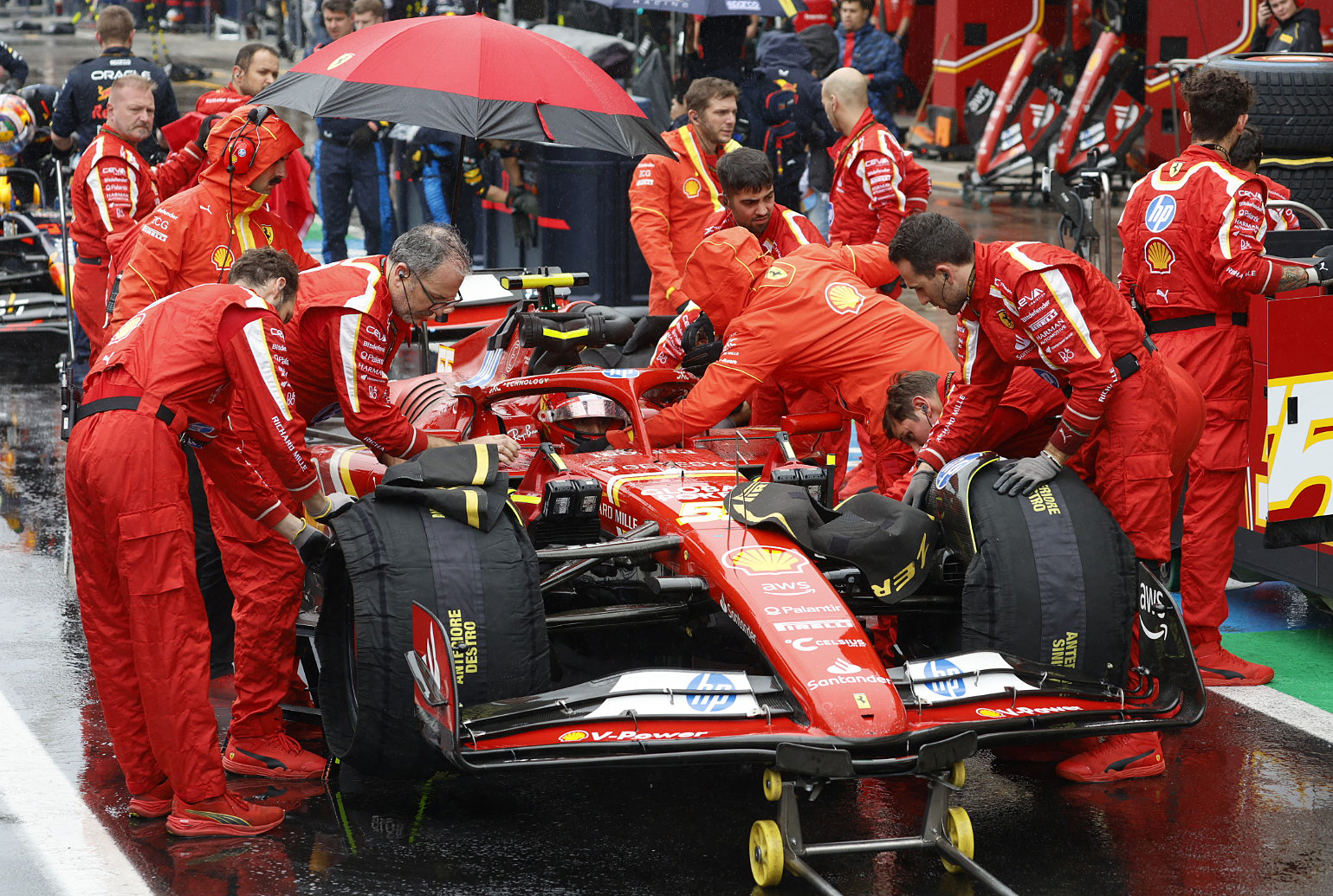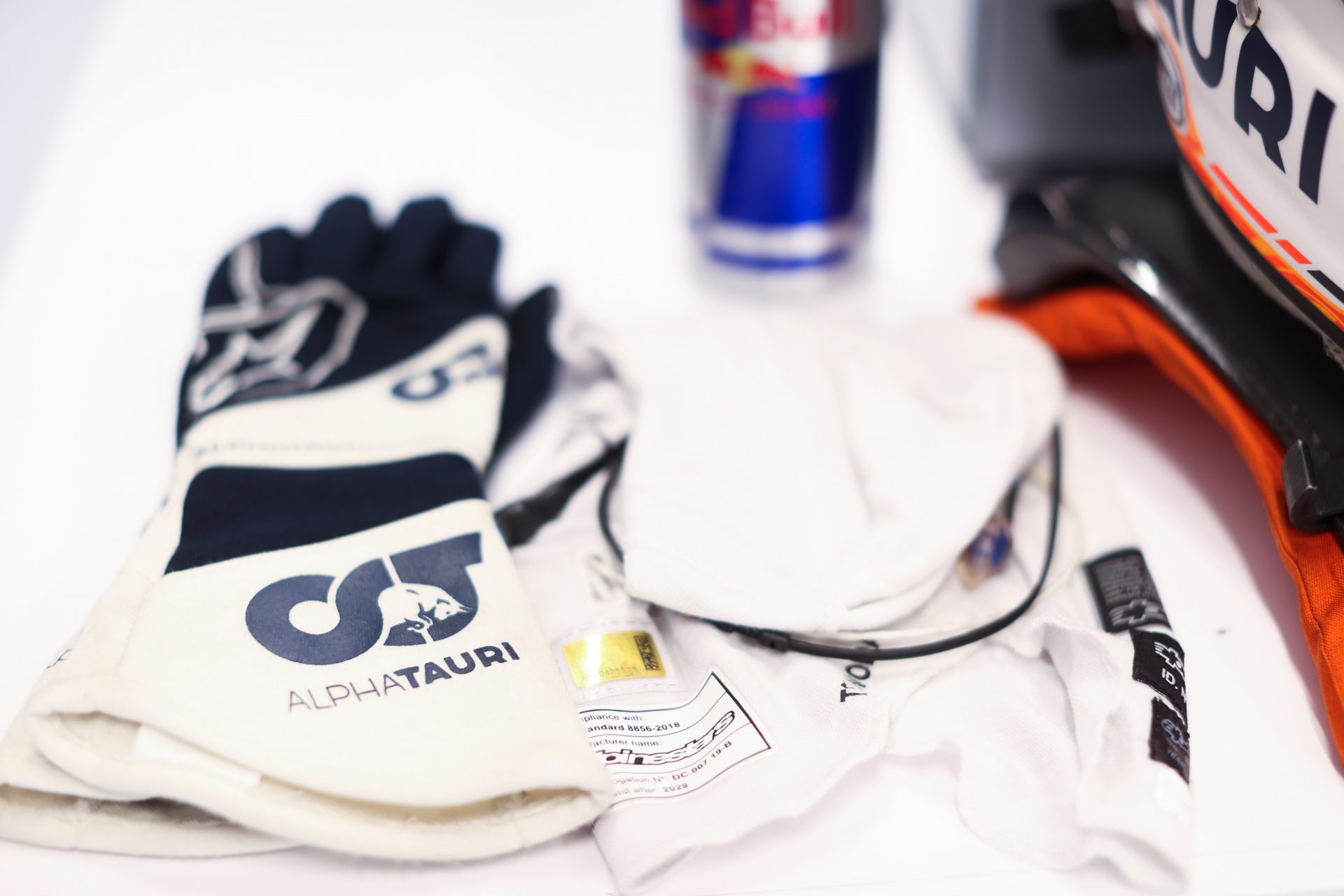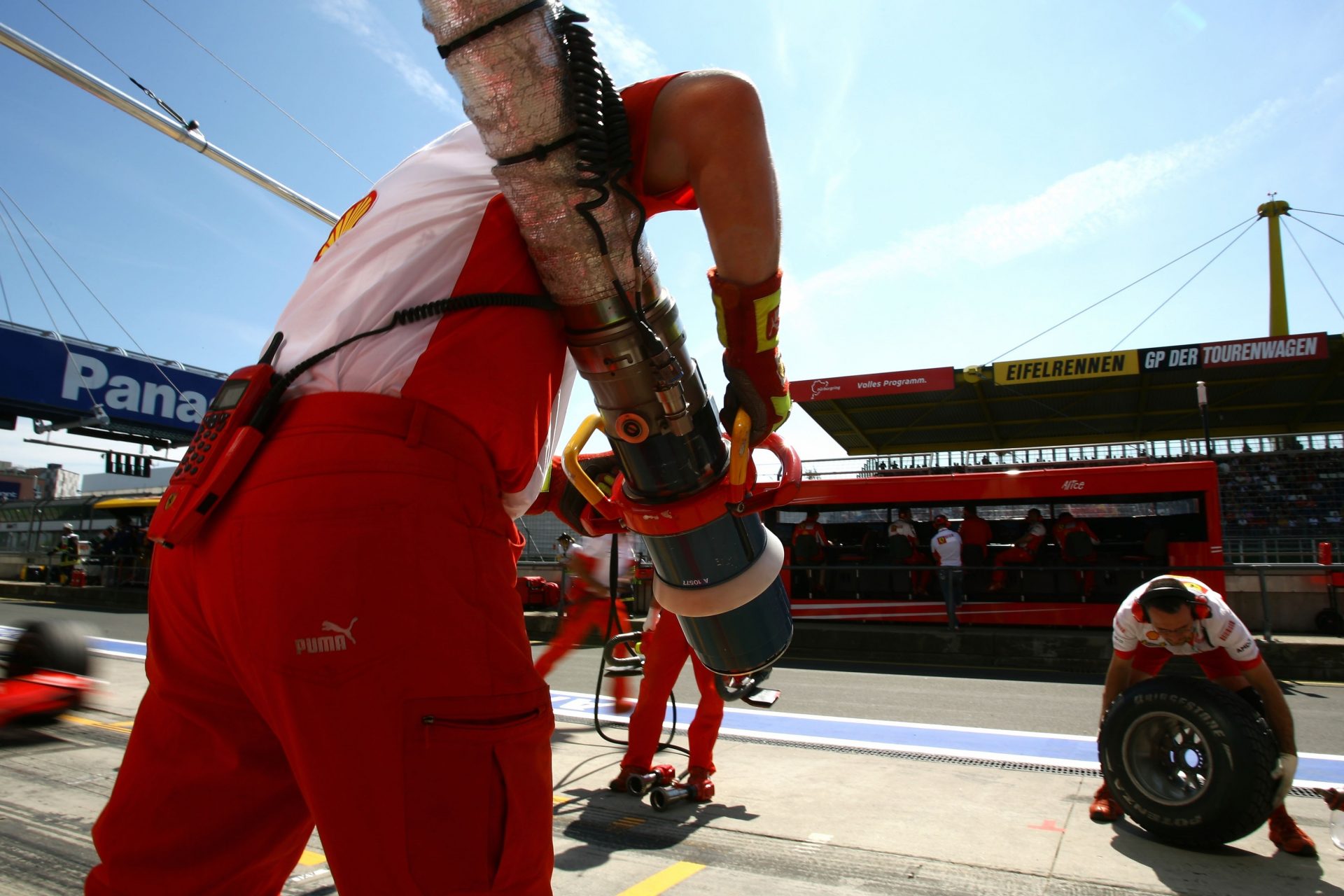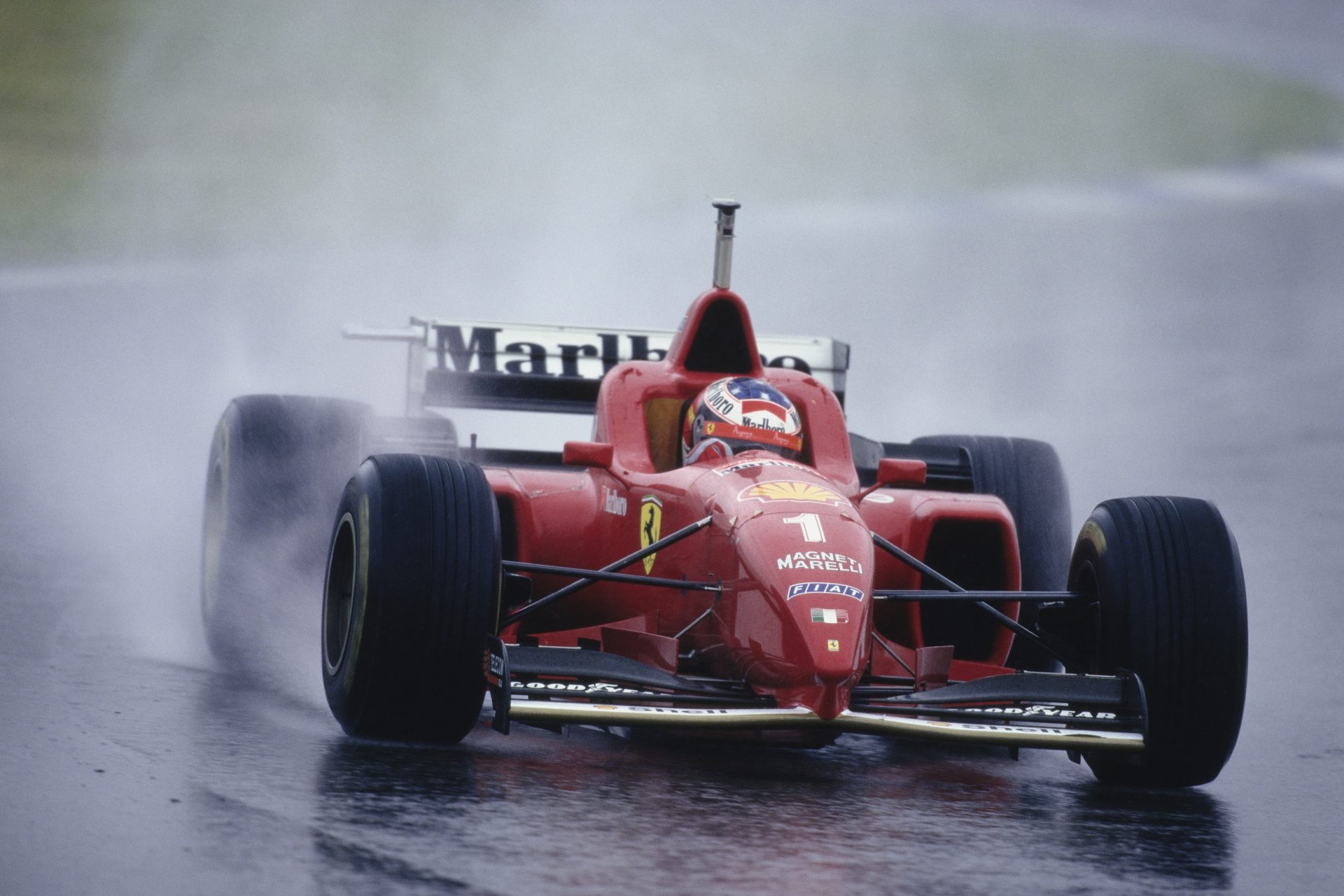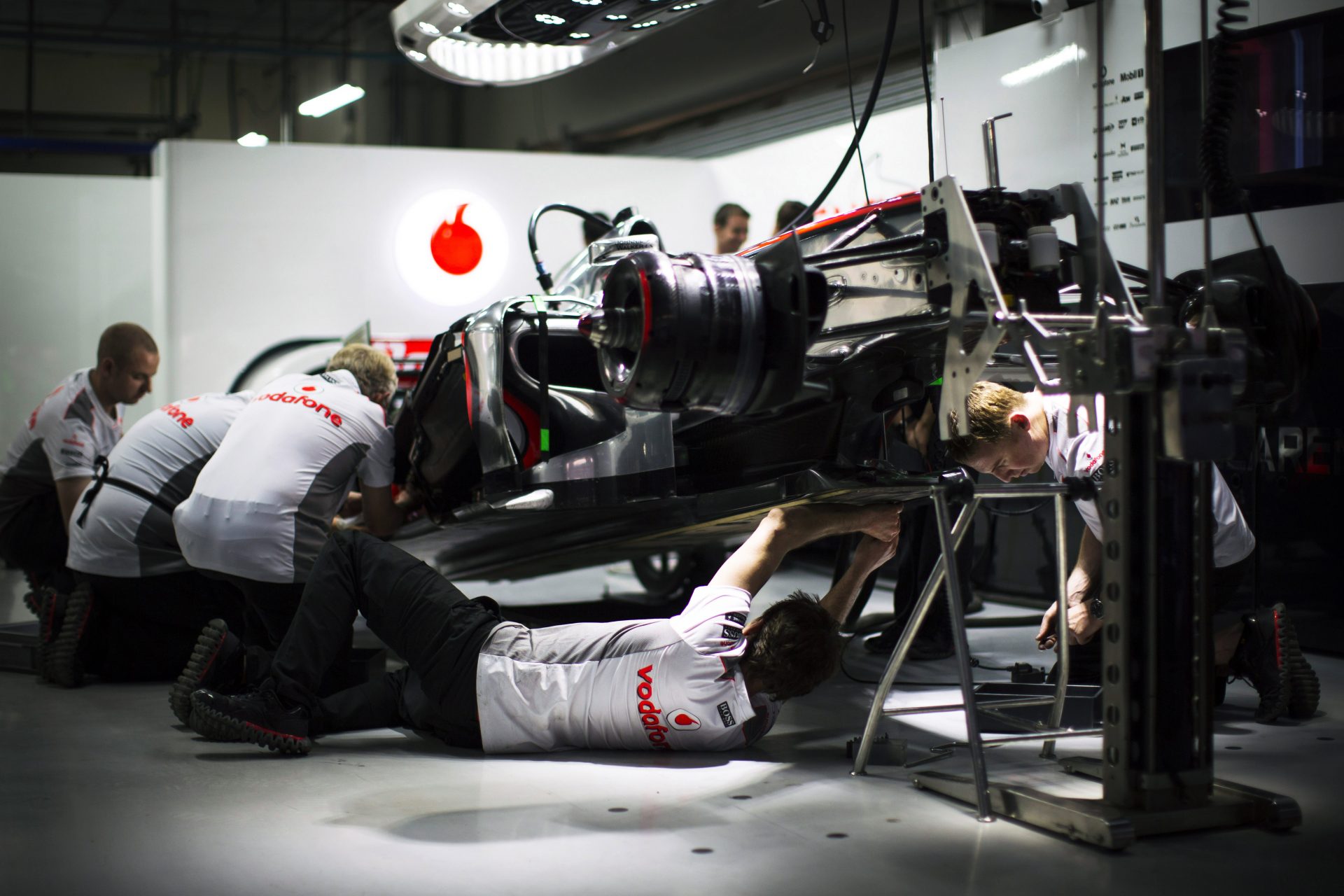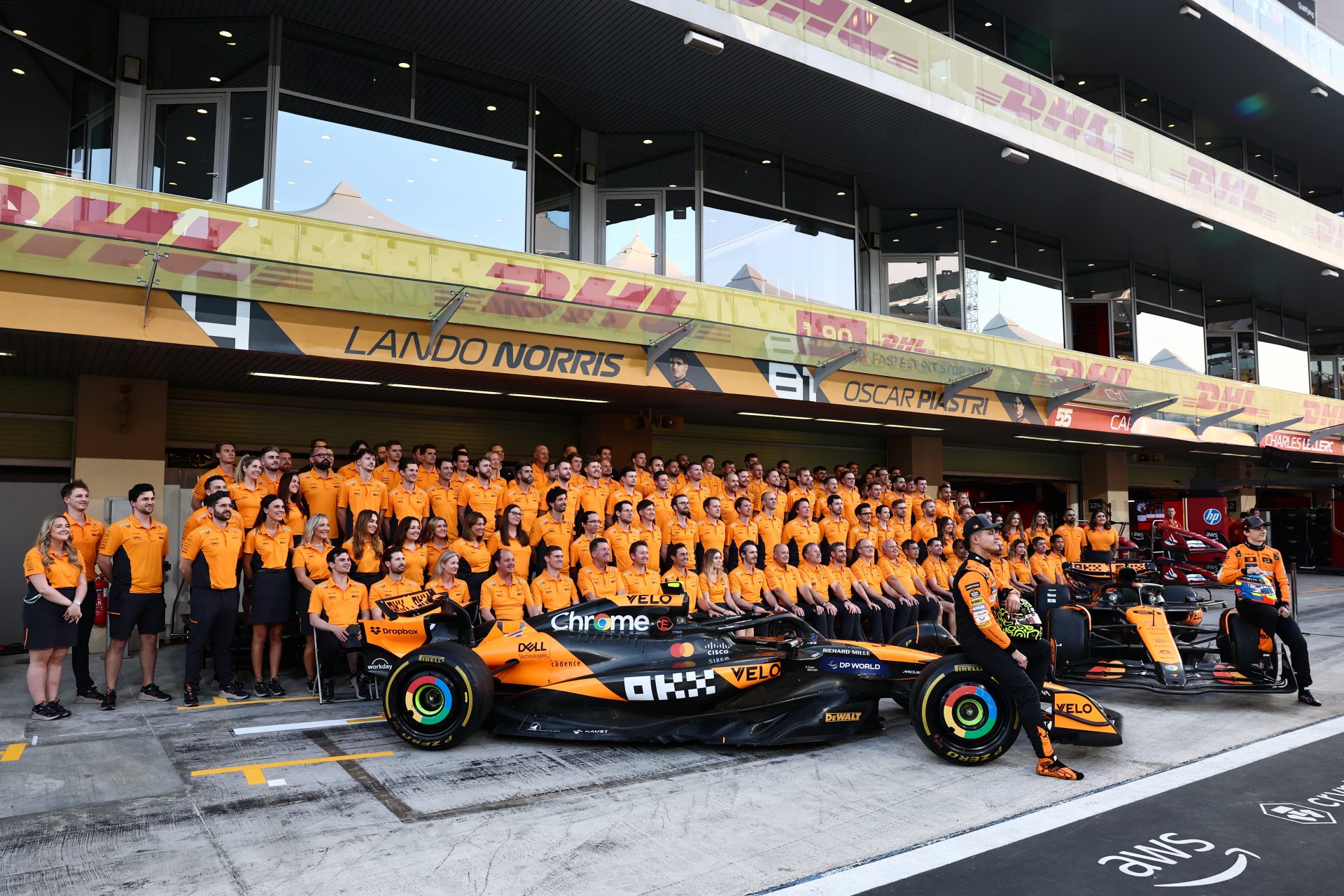15 crazy things you didn't know about Formula 1 ahead of the 2025 season
Formula 1 is a sport of extreme precision, speed, and technology, pushing both drivers and engineers to their limits. But beyond the roaring engines and high-speed overtakes, there are plenty of fascinating details that even F1 devotees might not know.
In preparation for the 2025 F1 season, let's take a look 15 facts about the sport that will make you appreciate just how complex and sophisticated this sport really is.
Due to the intense focus required at high speeds, drivers only blink a handful of times per lap. In fact, a driver could lose as much as 595 meters — over a third of a mile — worth of visual information per minute due to blinking. Some studies suggest they blink less than half as often as normal, ensuring they don’t miss a single braking point or turn-in marker, as Science News reported.
Want to see more like this? Follow us here for daily sports news, profiles and analysis!
With cockpit temperatures soaring above 50°C (122°F) and extreme physical exertion, drivers can sweat out several kilograms of body weight during a race – making hydration and recovery essential.
An F1 steering wheel is more like a spaceship control panel than a traditional wheel. With buttons for adjusting engine settings, brake balance, fuel mixture, and even deploying DRS, drivers must master complex controls while racing at speeds topping 320 km/h (around 200 mph).
Every F1 car is designed around the driver’s exact body shape, ensuring the perfect fit. Even small changes in cockpit design can affect performance, comfort, and control.
F1 engines are built with such extreme precision that they require external heaters to warm them up before they can even be started. Firing one up at room temperature could cause catastrophic damage.
The physical demands of the sport cannot be underestimated. The G-forces experienced in an F1 car – sometimes exceeding 5G in corners – put immense strain on the neck. Drivers train extensively with weighted helmets and resistance exercises to build strength and endurance.
Even a 0.1-second improvement per lap can be the difference between winning and losing. Teams invest millions in research, aerodynamics, and materials just to gain a marginal advantage.
Want to see more like this? Follow us here for daily sports news, profiles and analysis!
A well-executed pit stop in F1 takes less than two seconds, per Racing365, with mechanics replacing all four tires with precision and speed that is unmatched in any other motorsport. In 2023, McLaren Racing Limited set the record for the fastest pit stop in F1 at 1.80 seconds.
Modern F1 gloves are equipped with biometric sensors that monitor a driver’s heart rate, oxygen levels, and temperature in real-time, helping teams assess their physical condition.
At high speeds, an F1 car generates more downforce than its weight, meaning it could theoretically stick to the ceiling if a track were built to support it, as an anonymous F1 aerodynamicist revealed in a special column for the BBC in 2019.
Unlike other high-performance racing fuels, F1 cars run on a fuel blend about 90% similar to what you’d find at a regular gas station – optimized for maximum efficiency and power. A key element of that process is removing impurities.
The braking force in an F1 car is so extreme that going from 320+kms/h (around 200 mph) to a dead stop in just a few seconds feels like a head-on collision to the untrained body.
Each F1 car is a masterpiece of engineering, made up of thousands of precisely designed and manufactured components, all needing to work in perfect harmony. All this adds up to a cost of around $20 million USD (£14.6m/€19.2m) per car, per Motor Sport Magazine.
To ensure drivers and staff get optimal nutrition, F1 teams bring their own chefs and portable kitchens to each race, preparing meals specifically tailored to performance needs.
F1 safety cars, usually high-performance Mercedes-AMG or Aston Martins, are incredibly fast in their own right – capable of lapping some circuits quicker than many road-legal supercars.
Want to see more like this? Follow us here for daily sports news, profiles and analysis!
More for you
Top Stories




